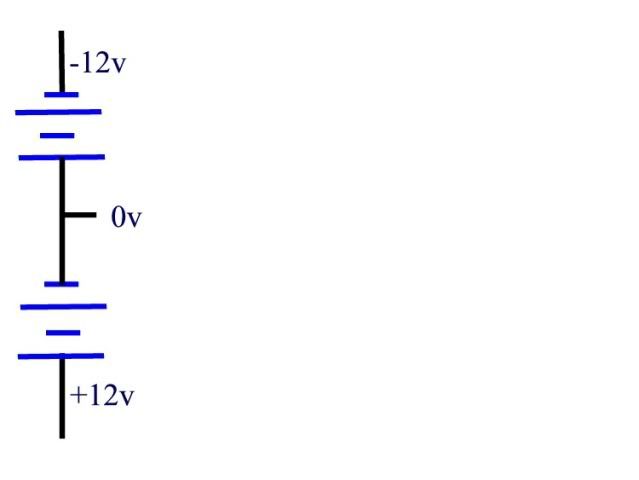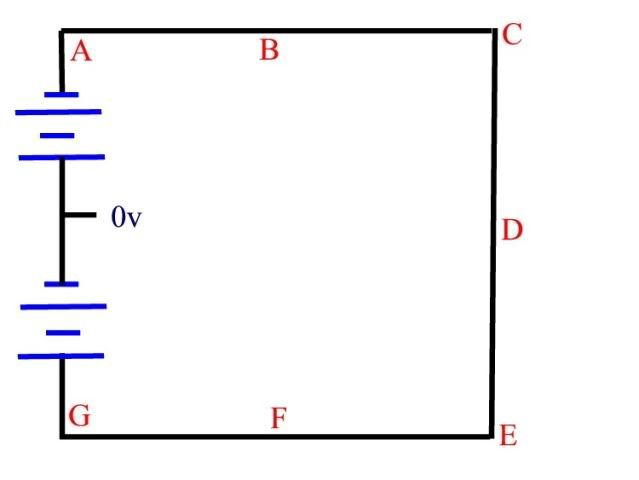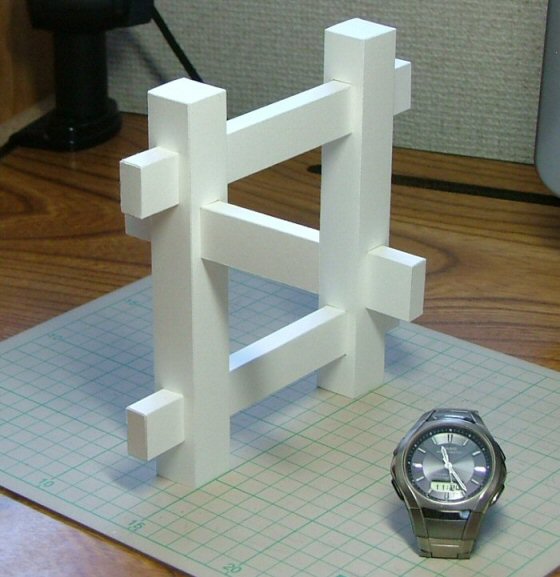At ease there little buckaroo, this forum is not populated with hacks, hicks, and idiots. Instead of addressing issues that quite knowledgeable people bring up, you have a tendency of sidestepping them with belittling comments. You might want to be a little more careful with what you say and how you say it.
Rick, exactly what issue have I side stepped? I have addressed every issue that has been brought up in this discussion.
Oh man! I am at a compete loss here. I just looked up your profile and you are listed as not only an E.E, but a P.E. too. We should not be having this caliber of discussion with your credentials. When I wrote my previous message, I mistakenly assumed that your education was not that of an EE. This is not a topic that I should need to explain to a PE, EE. You have the appropriate education, so there is no reason for me to explain how to convert from an ideal circuit to a real circuit. (I mean no offense, but you really caught me off guard with this.)
You mean like that belittling comment?
For example, here you tell the poster that he doesn't understand Ohm's Law, and then you go on to make a complete misstatement of Ohm's Law. Please explain how Ohm's Law does not predict an increase in current when the voltage is increased for a given circuit
I gave an explanation to the poster how he was misunderstand Ohm's Law. Did you not read the explanation? And I did not make a complete misstatement of Ohm's Law. Ohm's law does NOT say that an increase in voltage will cause an increase in current in a circuit. Ohm's Law says that the current through a conductor between two points is directly proportional to voltage across the two points, and inversely proportional to the resistance between them. Expressed mathematically, this is I=V/R. BOTH the voltage and resistance affect the current. If, in the ideal circuit that crossman gary described, the resistance of the circuit is 0, then the current flow is infinite (this is a short circuit.) Changing the voltage, will have no affect on the current, because BOTH the voltage and resistance affect the current. When the resistance in the circuit is zero, Ohm's law tells us that the voltage can be any value (other than zero) and the current will not change. This is an accurate statement of Ohm's law. (Technically, in this ideal circuit's short circuit (where circuit R=0,) "changing the voltage" is a non-issue because there is not voltage drop in the short circuit.)
...were to point out that you are suggesting that there is some sort of difference between a "potential source" and any other type of "potential difference." The electrons don't care where or why a difference in potential exists.
Again, no. An active electrical network must contain at least one active element, such as a voltage source or current source. (I think we can ignore current sources for our discussions.) A circuit (other than a short circuit) will also contain passive elements such as resistors, inductors, capacitors. The active element in the circuit is capable of delivering power in the circuit, while the passive elements receive power (or receive, store, and return the power later, ie, capacitor.) It is the active voltage source that causes the current to flow in the circuit. Cleary, THERE IS a difference between the voltage source in the circuit and the voltage drops in the circuit. The voltage source provides power to the circuit, while the voltage drop is an absorbtion of power from the circuit. They are not the same. While the electrons may not care why the difference in potential exists, it is only the voltage source that is causing them to move. We have demonstrated that current will flow along an ideal conductor with no voltage drop, so clearly the voltage drop in not causing the current to flow.
You don't see the contradictions in these statements?

If the voltage drop across a conductor doesn't cause electrons to move, nor do they move because their neighbors push them, then how do the electrons know that a voltage differential exists in order to move?
No, I do not see a contradiction in my statements, maybe poor wording. Reread the part before that. A potential "source" (I mispoke using the word "difference" there - but I think I have been clear in making this point in several posts) and a closed circuit path are required to cause current to flow. The voltage drops along the circuit are not Active, but Passive in the circuit. They do not cause current flow, they are a result of current flow.
I beileve it is you that has lost sight of the basic concepts behind electrical systems, specifically, electron movemement. An electron will not move unless there is a force acting on it (ignoring drift and inertia, as those are separate topics).
Yes, an electron will not move unless there is a force acting on it. However, this force IS the voltage source (the active element in the circuit,) not the voltage drops in the circuit. And no, I haven't lost sight of the basic concepts behind electrical systems. I am quite clear on the concepts, and believe I just explained them in a clear and concise manner.
Do they pass the word along from electron-to-electron that somewhere way up the circuit someone has connected a power supply? (oops, just in case you didn't realize it, like the Radio Shack comments, that was a contemptuous joke, not intended to be percieved as scientific intercourse.)
And by the way, I apologize for my earlier tone. I had just gotten out of a less than enjoyable meeting.




